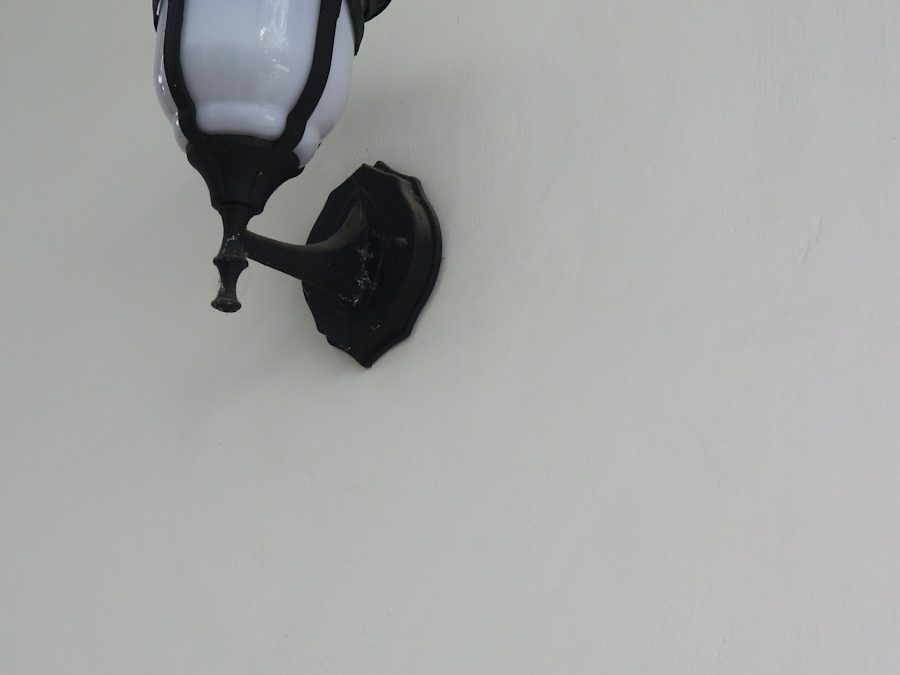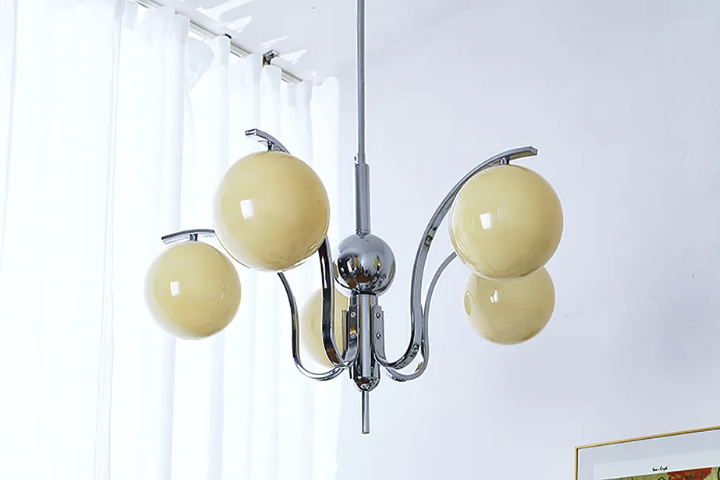The Versatility and Symmetry of Trapezium: An Exploration of Its Mathematical Properties
Introduction
Trapezium, also known as trapezoid in North America, is a quadrilateral with at least one pair of parallel sides. It is a versatile shape that appears in various engineering and architectural designs, such as bridges, buildings, and roofs. In this article, we will explore the mathematical properties of trapezium and its applications in real-world problems.
Properties of Trapezium
Definition and Notation
As mentioned above, a trapezium has at least one pair of parallel sides. The parallel sides are called the bases, and the non-parallel sides are called the legs. A trapezium can be denoted as ABCD, where AB and CD are the bases, and AD and BC are the legs.
Area of Trapezium
The area of a trapezium can be calculated using the following formula:
where a and b are the lengths of the bases, and h is the perpendicular distance between the bases. This formula can be derived by dividing the trapezium into two triangles and adding their areas.
Perimeter of Trapezium
The perimeter of a trapezium is the sum of the lengths of its four sides. It can be calculated using the following formula:
where a, b, c, and d are the lengths of the four sides.
Angles of Trapezium
The angles of a trapezium depend on the lengths of its sides and the angles between them. However, some general properties can be derived:
- The opposite angles are supplementary (add up to 180 degrees).
- The angles between a leg and a base are equal.
- The mid-segment of a trapezium is parallel to the bases, and its length is the average of the lengths of the bases.
Applications of Trapezium
Engineering
Trapezium appears in various engineering designs, such as bridges, where it is used to support the weight of the deck. The deck of a bridge is often a trapezoidal shape, with the wider base at the bottom to provide more stability.
Architecture
Trapezium is also commonly used in architecture, particularly in roofs. The shape of the roof is often a trapezoid, which allows for efficient use of materials and provides more headspace in the upper parts of the building.
Mathematical Modeling
Trapezium can be used in mathematical modeling to represent real-world problems. For example, the distance-time graph of a moving vehicle can be modeled as a trapezium, where the initial distance and final distance are the bases, and the time is the perpendicular distance between them.
Conclusion
In conclusion, trapezium is a versatile and symmetrical shape that appears in various engineering, architectural, and mathematical contexts. Its mathematical properties, such as area, perimeter, and angles, make it a useful tool for solving real-world problems. By understanding the properties and applications of trapezium, we can appreciate its importance in our daily lives.



